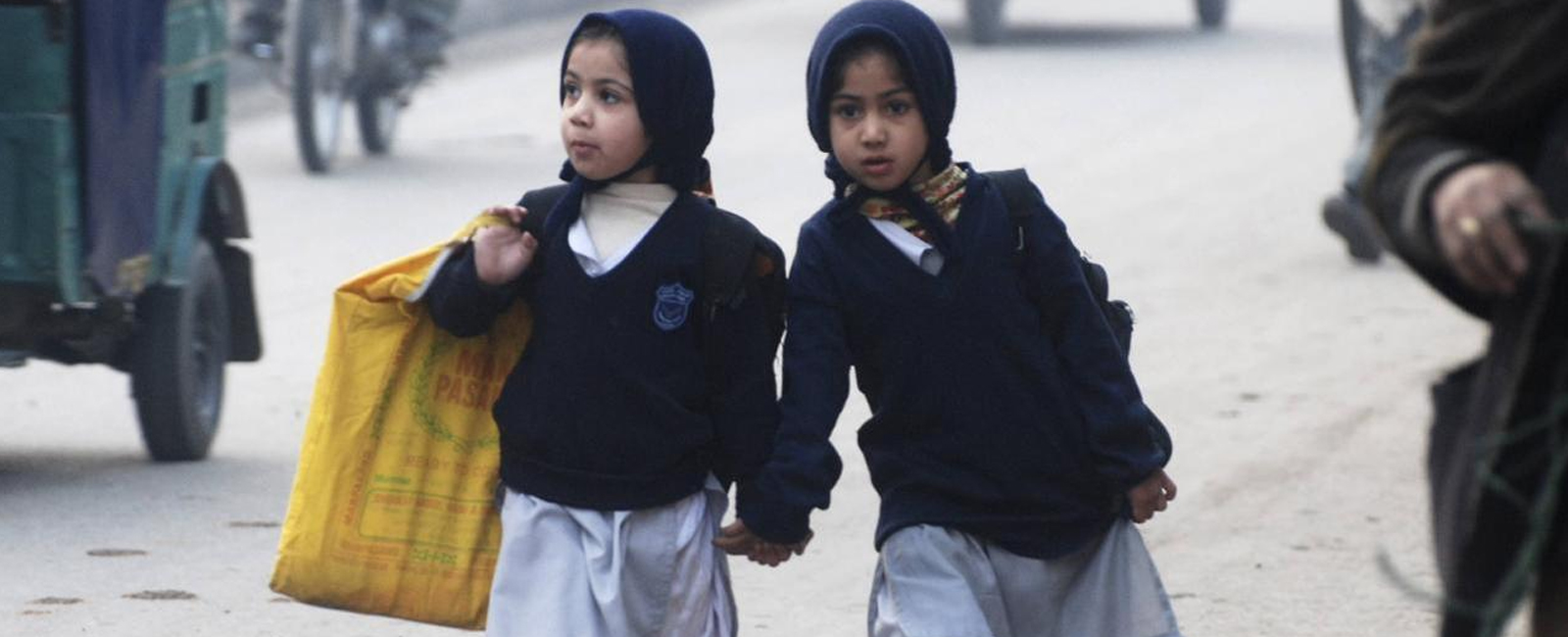Schools reopening in Pakistan: What can we learn from other countries?
Experiments to reopen schools around the world have yielded widely different results. What can Pakistan learn from them?

Amid a fast-evolving coronavirus pandemic, when the world is not only experimenting in laboratories but also in policymaking, the continued closure of schools remains a much-debated affair.
With over 160 countries observing complete or partial shutdown of educational institutes, nearly 90% of the world’s student population is currently out of class.
In a bid to curtail the rapid spread of the COVID-19 contagion, Pakistan, like most countries of the world, announced the closure of schools in the beginning of March.
Now, with the authorities reporting a steady decline in new coronavirus cases, policymakers are considering reopening educational institutes tentatively by September 15.
While any decision will understandably be taken after thoroughly weighing the risks and benefits to our children, here are a few things we can learn from other countries (and a medical expert) as we consider sending our children to schools after nearly six months:
Denmark: Section-off students in 'protective bubbles'
Being the first country in Europe to reopen schools for children, Denmark struck a successful balance in curbing the virus and educating children during the pandemic.
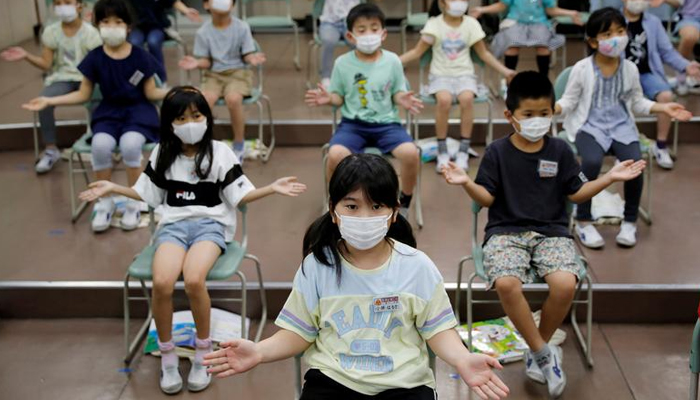
The country introduced the concept of "protective bubbles" as children — aged between 2 to 12 — returned to school on April 15. They were sectioned off into “micro-groups” of twelve.
These groups arrive at school at designated times, eat lunch separately, and have their own zones in the playground. All pupils are required to wash their hands every two hours but do not have to wear face masks.
With desks separated two metres apart, all educational material inside the institutes is strictly sanitised twice a day and management of the schools has also shifted classrooms outdoors to allow pupils to engage in constructive activities that are interesting and edifying at the same time.
Lesson from Denmark: Pakistan will have to rely on the strategies of social distancing and have to consider cutting the number of students in classrooms in order to keep the virus at bay.
Sweden: Anticipate the worst
As per an unconventional approach that had set the Scandanavian country apart from the rest of Europe, Sweden had decided to ditch a hard lockdown and kept most schools and businesses running throughout the COVID-19 outbreak.
Keeping in view research that suggested children are at a lower risk of virus contraction, the country had shut down high schools and universities but kept elementary schools open.
However, the decision backfired and resulted in a thousand more deaths than in neighbouring countries.
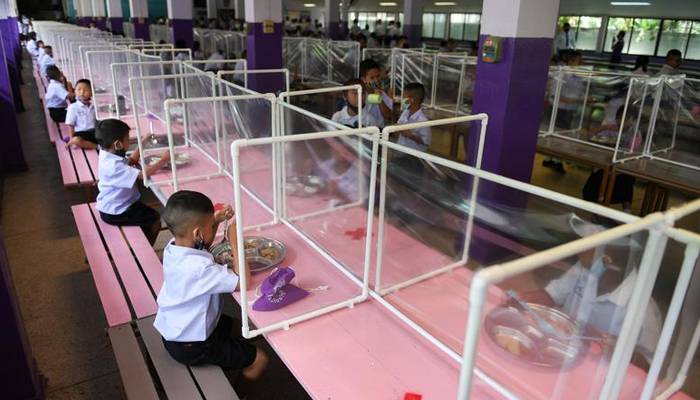
Moreover, the divisive approach of not imposing a strict lockdown did not bear fruit in terms of economic stability and financial standing for the country.
With more deaths and nearly equal economic damage compared to neighbouring countries, Sweden’s dismal state implies that a failure to implement social distancing can cost lives and jobs at the same time.
The country seemed to undermine the fact that the virus contraction ratio might be less among school-going children but they are carriers of the contagion and can transmit it to the vulnerable segments of the society.
According to the BBC, over 5,500 people have died with COVID-19 in this country of just 10 million.
"It is one of the highest death rates relative to population size in Europe, and by far the worst among the Nordic nations. Unlike Sweden, the rest all chose to lock down early in the pandemic," the report highlighted.
Although the country never openly adopted an approach towards herd immunity, they did choose a solitary path by keeping more of society open in order to develop a resistance to COVID-19.
However, over five months into the pandemic, only 6% of the population in the Scandinavian country was known to have antibodies, according to Swedish Public Health Agency research.
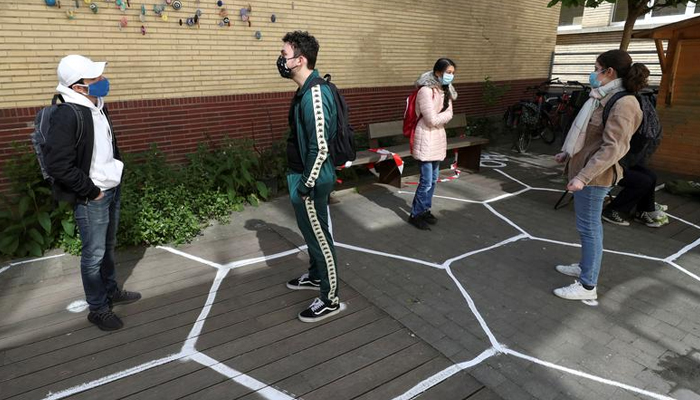
The country recorded 81,540 cases and 5,760 deaths till the end of July.
Lesson from Sweden: While battling the COVID-19 pandemic, a far-sighted approach is imperative in achieving the desired results.
Although students and school-going children exhibit a relatively low virus contraction ratio, they still are potential carriers of the virus — a factor that should not be overlooked by Pakistan when reopening educational institutes.
Israel: 'Only implementation of SOPS can keep your boat afloat'
The reopening of schools in Israel did more damage than good, as within days of lifting restrictions, several of the students and staffers had tested positive for the coronavirus.
The Israeli government had invited the entire student body back in late May in order to reboot the educational system of the country, but infections were soon reported at a Jerusalem high school, which rapidly mushroomed into the largest outbreak in a single school in Israel, possibly the world.
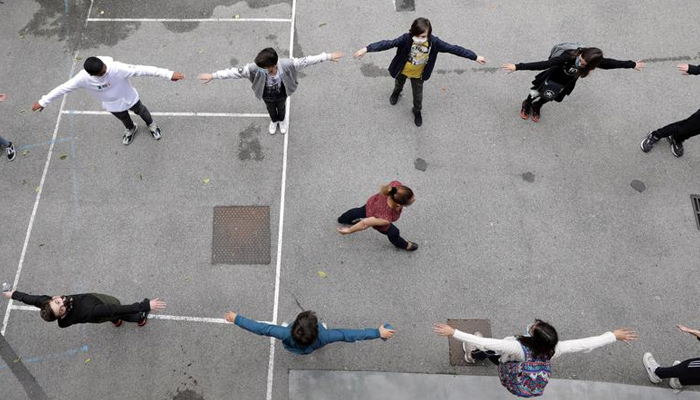
"The virus rippled out to the students’ homes and then to other schools and neighborhoods, ultimately infecting hundreds of students, teachers, and relatives," read a news report by NewYork Times.
In light of what Israel suffered after reopening schools, experts suggest that even communities that have managed to fight the rampant virus need to follow precautions religiously when reopening schools.
A reduced number of students in classes, the practice of mask-wearing, keeping desks six feet apart, and providing adequate ventilation in the area of study can keep the boat afloat until a vaccine is available, experts emphasise.
Lesson from Israel: Even if the infection rate falls, the reopening of schools should be done with extreme caution and safety measures should be enforced.
Japan: Parents have an 'intricate' part to play
After Japan decided to reopen schools, the country heavily relied on parents to check their children’s temperatures every morning and enter the results on a health report — which is then brought to school and checked by teachers again on the arrival of students.
Schools reopened in the first week of June and since then, the country has managed to curb the spread of the virus.
Whereas schools have adopted different strategies for lessons, in general students attend in-person classes on alternate days.
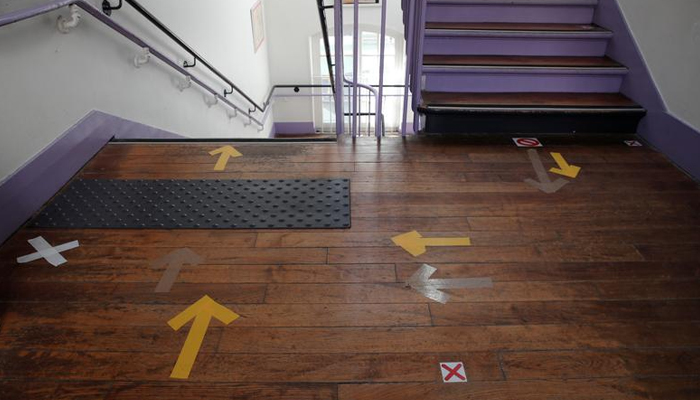
In this regard, the Ministry of Japan also issued guidelines for school reopening, which include opening windows to ventilate classrooms, maintaining physical distance, checking temperature daily and wearing face masks.
Lesson from Japan: We can not dump the entire responsibility of fighting the deadly pandemic on the institutions and government authorities: parents have to contribute their fair share.
New Zealand: Teamwork always bears fruit
According to Radio New Zealand, around 800,000 students in May had started going back to schools, which had been suspended since March 24.
The country has garnered heaps of praise across the world for its visionary take on the coronavirus pandemic, where New Zealanders contributed an equal share in following preventive measures to fight off the disease.
With less than 2,000 people infected after the government pursued a vigorous elimination strategy — shutting its borders on March 15 and entering a country-wide lockdown on March 25 — Prime Minister Jacinda Ardern "thanked her team of five million" when re-opening schools, restaurants, and public spaces back in May, even as most countries in the world were experiencing a surge in virus cases.
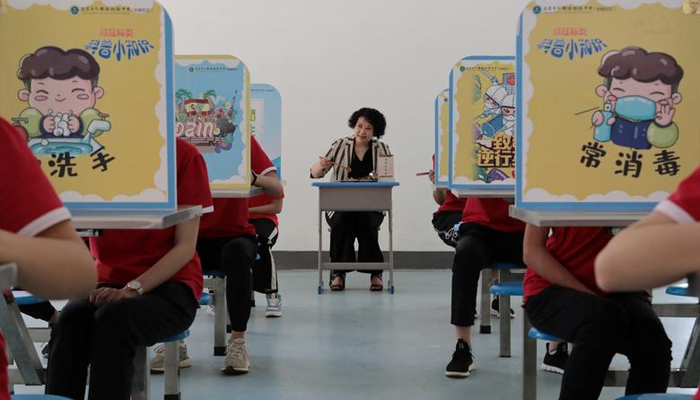
New Zealand sent its pupils back to school with extreme prudence and care. The country's government was following the best guidelines for dealing with a new virus and urged its people to do the same.
Lesson from New Zealand: Pakistan, like New Zealand, should realise that if the entire nation strives towards a common goal, it becomes more attainable.
Medical expert's opinion: 'Better safe than sorry'
Apart from looking at the experience of other countries, Geo.tv also spoke to Dr Naseem Salahuddin, an infectious diseases specialist at the Indus Hospital.
Dr Salahuddin believes that despite the encouraging news, the government has announced the reopening too early and that it should have waited at least till after Muharram.
“Schools have already been shut for nearly six months now. They should be reopened [only] with all safety measures in place,” she said.
The expert said that the government should have declared a date for reopening after the incubation period of the virus — 14 days — had ended after Muharram.
Responding to a question about researchers claiming that children transmit the virus less as compared to elders, she said the claim was not substantial and noted that children carried the virus just like all other age groups.
“Yes, children are often asymptomatic; but they are carriers and can infect those around them.”
"There are also concerns over the health of staff in schools. These can be addressed to an extent by the strict implementation of coronavirus safety measures — it's better to be safe than sorry," said the doctor.
Header image: Girls carry their school bags as they walk along a road while heading to their school after it reopened in Peshawar. — Reuters/Files



